Last autumn, I walked through the crammed streets of Manhattan, feeling enveloped in an atmosphere that was both refined and authentic. One afternoon in particular, I had a near-religious epiphany about this city’s profound and singular nature, and it came to me right around the Hudson Yards, just as I was walking past their impressive, reimagined public atrium. I saw a sharply dressed professional woman gliding along in a beautifully tailored woman’s suit, made by Theory, and right there in the space known as the public atrium, I had a striking encounter of the first kind with what might be described as the Hudson Yards Aesthetic.
City chic evolves hand in hand with designer understanding that elegance can be both timeless and adaptable. I was reminded of this recently while attending a private preview in SoHo, where Carolina Herrera displayed her latest collection in a very intimate setting. Herrera is known for using impeccable tailoring and for offering us silhouettes that are rendered classically refined.
Yet she also uses her given talents to showcase how such pieces can be reimagined for the urban environment. A wool coat that was packed with details yet looked so understated it could be easily overlooked was, for instance, styled alongside a leather bag by Saint Laurent and narrow ankle boots from Isabel Marant. The look, I thought, was such a powerful moment—this is what city chic can be.
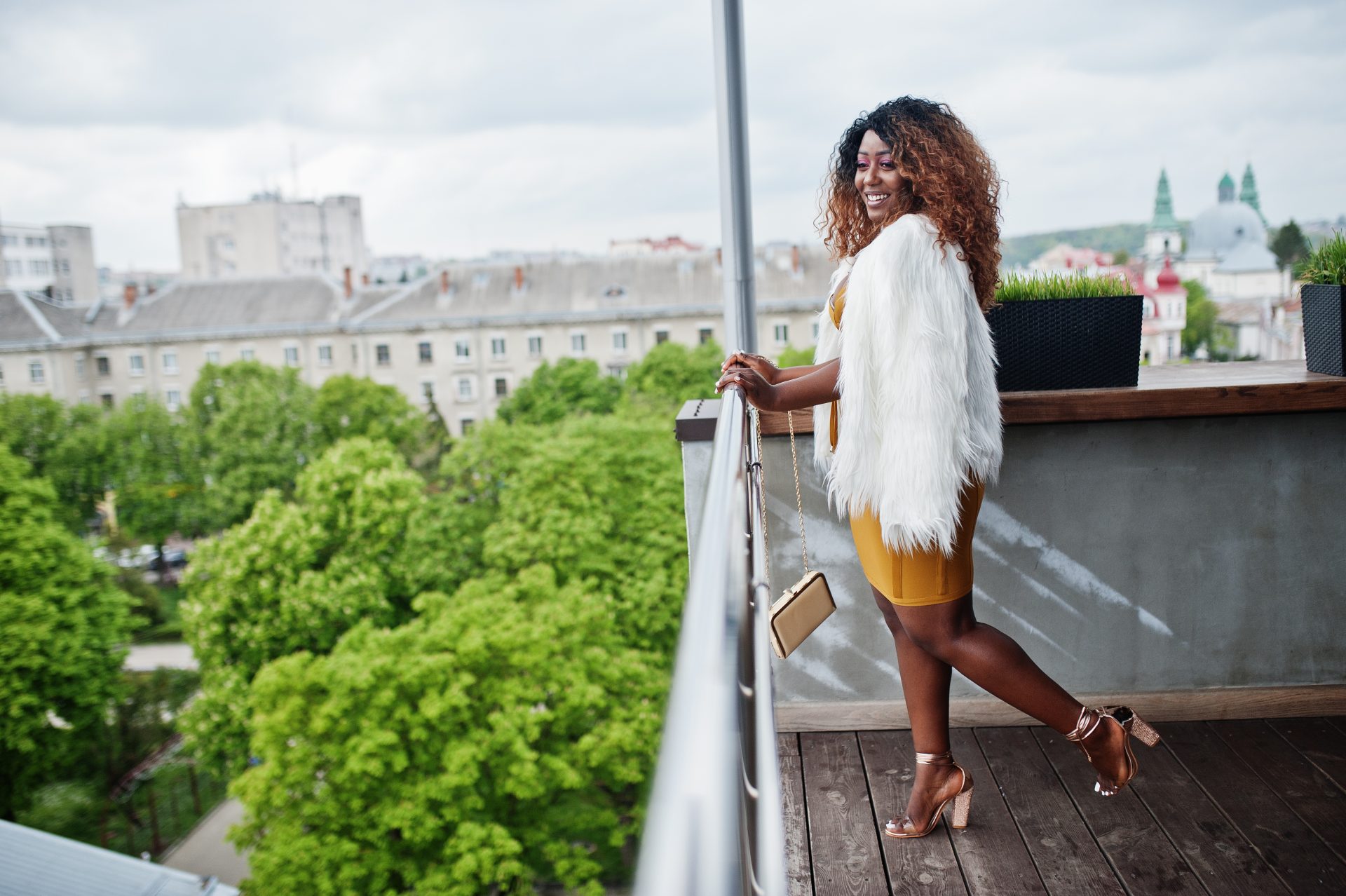
On a different occasion, I had the opportunity to take part in a fashionable brunch in the Flatiron District, where people greeted one another with, “Dare I say, the meal was a hit!” and “I simply couldn’t live without my mimosas!” The good food and, even more, the good company rendered any sort of appurtenance that might have accompanied our conversation purely immaterial. A well-known fashion editor took the opportunity to enlighten us on the conversation topic of the day: the emerging looks and new-season trends of the ever-revolving fashion wheel that is city life. “It’s all about merging structure with comfort,” she said—which, when you think about it, could almost be a fashion manifesto for the age we’re living in.
The very streets have turned into a catwalk, where the city’s sleek style is in constant evolution and often colliding with a range of cultural influences. Last winter, I stopped by a pop-up event in the West Village, where I ran into a crew of trendsetters whose looks were as varied as the neighborhoods they come from. One entrepreneur who was part of the welcoming committee to the event stood out for her masterclass in contrasts: a vintage Burberry trench coat (which, for those lacking a strong British accent, is as the 11th Duke of Devonshire once said, a “tartan in tailored form”) over a pair of sliced-up, slim-fit jeans (which, for those keeping score at home, are as fashion-forward as they are impossible to wear if your body type does not resemble the designers’ fit model).
Even events that might seem reserved for the upper crust of fashion now provide peeks into the genuine world of urban chic. At the pre-party for the Met Gala in New York, I caught a glimpse of something that felt along the lines of refreshingly real. A renowned actress, beloved for her red carpet looks as much as her effortlessly chic street style, arrived in an outfit that somehow blended gala-appropriate glam with enough practicality to feel grounded in the real world.

She wore a stunning Prada blazer, unbelievably tailored cigarette pants, and edgy combat boots that defied type-cast notions of evening attire. If anything, her look served to illustrate that the hierarchy of fashion is not only hard to pin down but that it is also something to be subverted in the name of style that you can actually live in. An investigation of the origins of city chic will show that, like so many great American style stories, it grows out of New York City and is nurtured by the multiplicity of cultural forces that converge there.
The term “city chic” is often used interchangeably with “urban chic,” but I see it as having closer ties to the dialectic between class and culture. At its best, city chic is not a simple pan-European primacy of style over substance. Rather, it was, and is, primarily an American fiction that places cultural transcendence within the aesthetic judgment of a supposedly progressive middle class.
The historical development of that judgment is worth investigating; it involves quite a few interesting characters and even more interesting outfits. Fashion designers know that today’s urban consumers want stylish clothes that are also functional. And what could be more important than that when it comes to constructing a wardrobe suitable for living and working in the modern metropolis?

At a recent WWD-hosted panel in downtown New York, several prominent figures from labels like Calvin Klein, Oscar de la Renta, and others discussed the evolution of city chic amid a rapidly changing tech landscape and an ongoing cultural shift. They also touched upon something of great concern to all fashion lovers: the intersection of innovative new materials (think: sustainable fabrics), cutting-edge tech (digital design, anyone?), and the stair-step aesthetic of urban wear. Can the next generation of clothing look as good in the office, on the street, or at night as the outfits of yesteryear?
Can it be “redefined through collaboration and innovation, merging the old-world charm of handcrafted details with the sleek efficiency of modern design”? The urban style is visible not only on the catwalk and at high-society functions but also in the everyday wardrobe choices of people like you and me. If you want the very essence of chic to rub off on you, take a look at what the well-coiffed figures of urban society are wearing.
A Pinterest tour of the latest city style revelations will yield a plethora of ideas that will up your elegance quotient in the same way a silk ascot did for your grandfather. We may not all have a bank account that permits us to drop thousands on a bespoke suit, but that does not preclude us from reaping the benefits of the sartorial wisdom such figures possess. Indeed, the balance of elegant yet practical silhouettes sported by the good-looking folks of urban society is remarkable.
What excites me most about this movement is its democratic nature. In cities like New York, Los Angeles, and Chicago, an individual’s style isn’t the exclusive domain of celebrities or runway models; it belongs to everyone who dares to express themselves through their clothing. Depending on what they’ve got going on, from morning to night, a seasoned professional, an emerging creative, or just a regular city dweller can pull off an outfit that’s at once a declaration of individuality and a nod to the intricate dance between tradition and innovation.
There’s no better urban stage for a performance of that kind than a city sidewalk; there’s no more compelling audience than the street. Ultimately, urban elegance is more than a style; it’s a way of life. It’s the art of dressing well in a city that never sleeps.
Each encounter, each carefully curated look, is a reminder that the true essence of city chic lies not in the latest fad, but in a personal aesthetic that reflects the energy and complexity of the modern city. As I wander the vibrant streets of our here-now metropolis, I can’t help but be inspired by the timeless yet ever-evolving narrative of city chic. It’s a story that’s written anew every stylish step one takes.

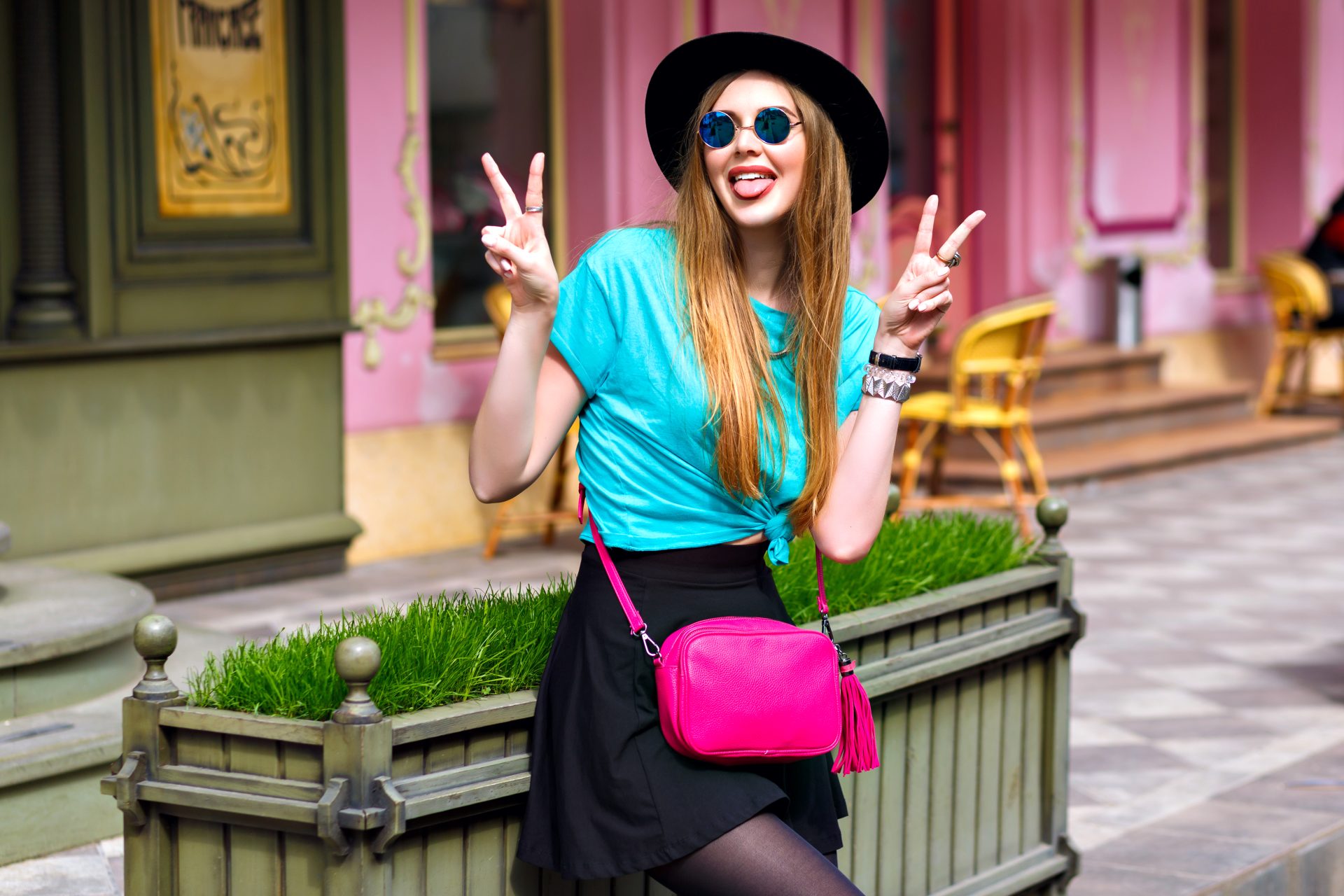
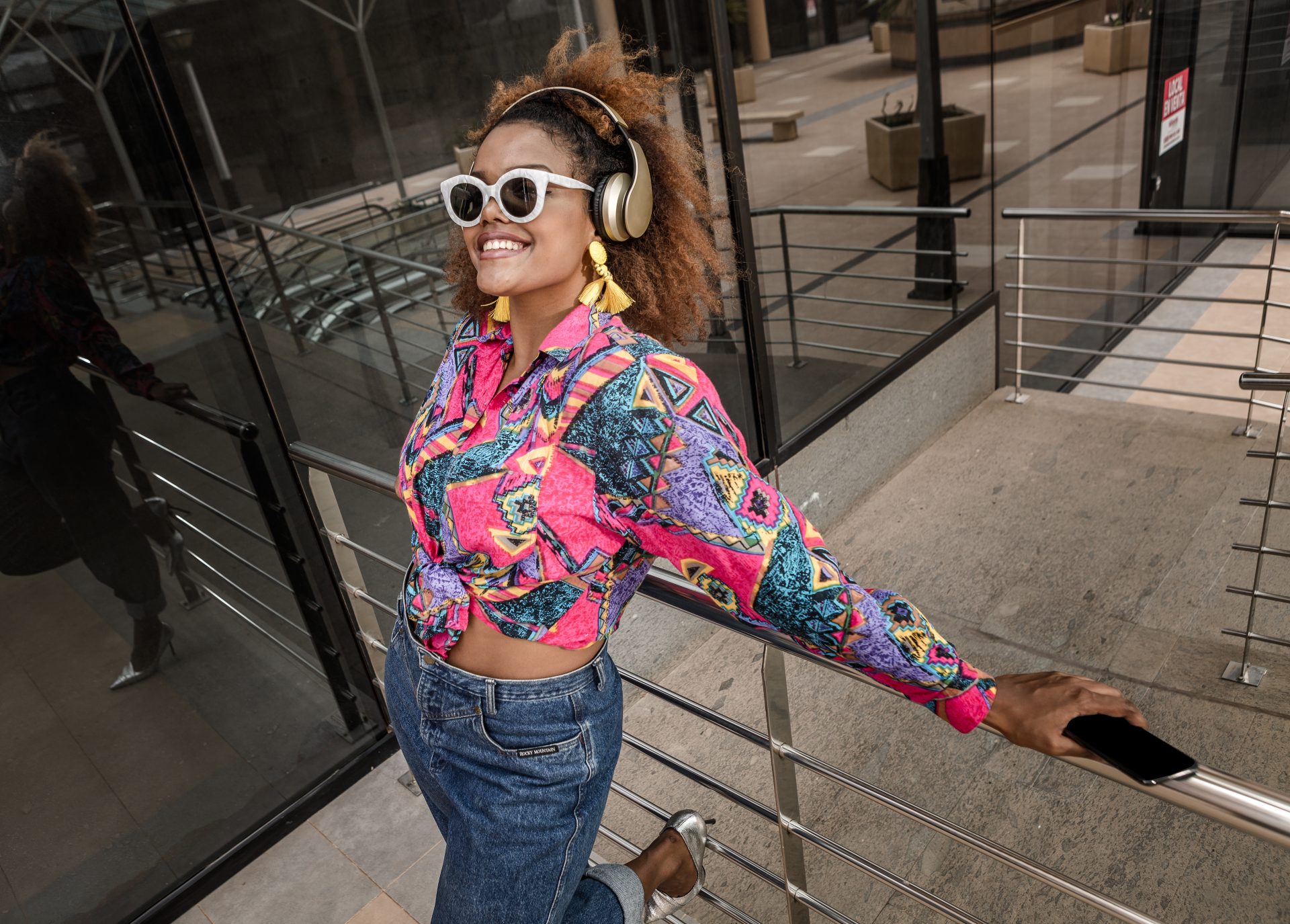
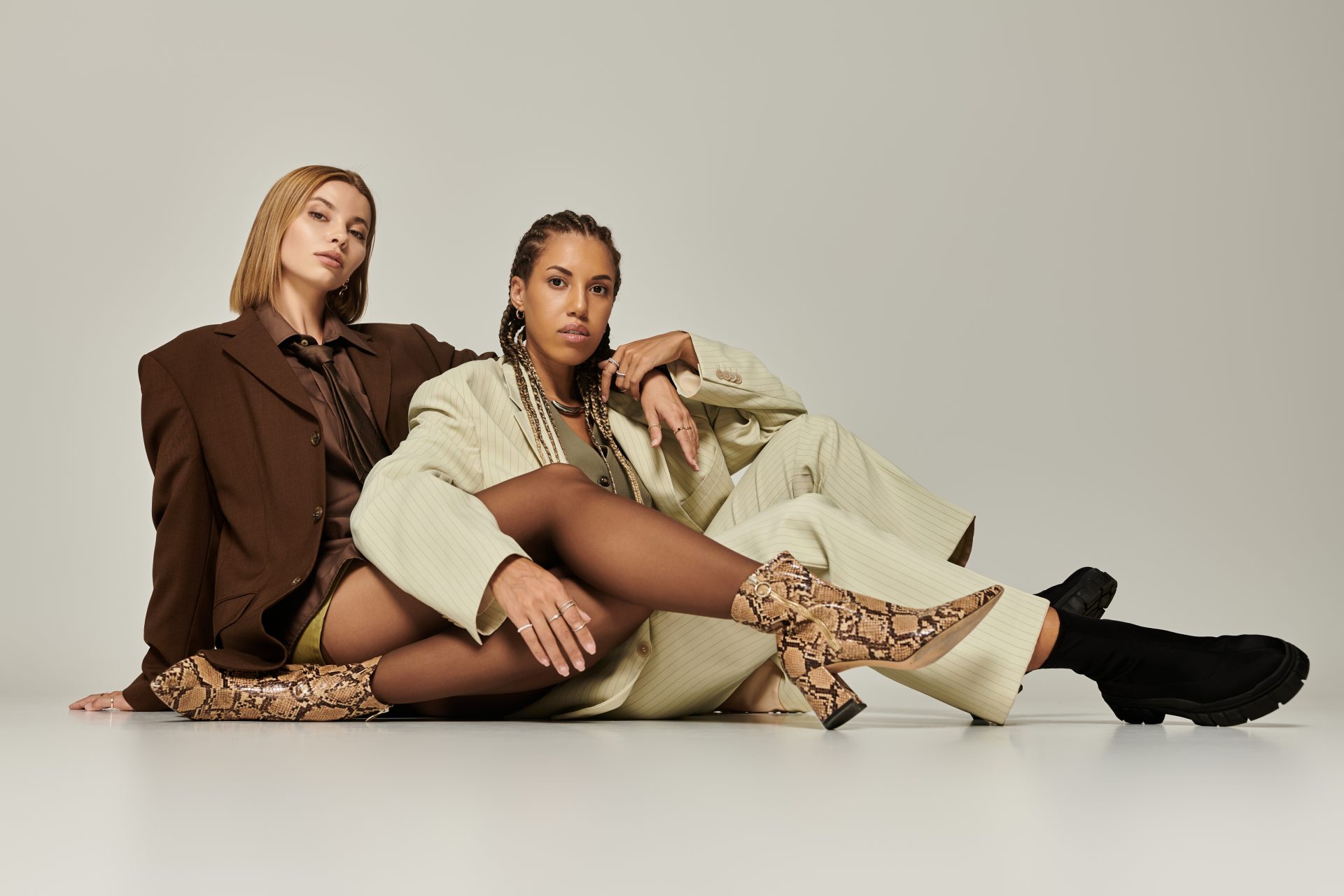
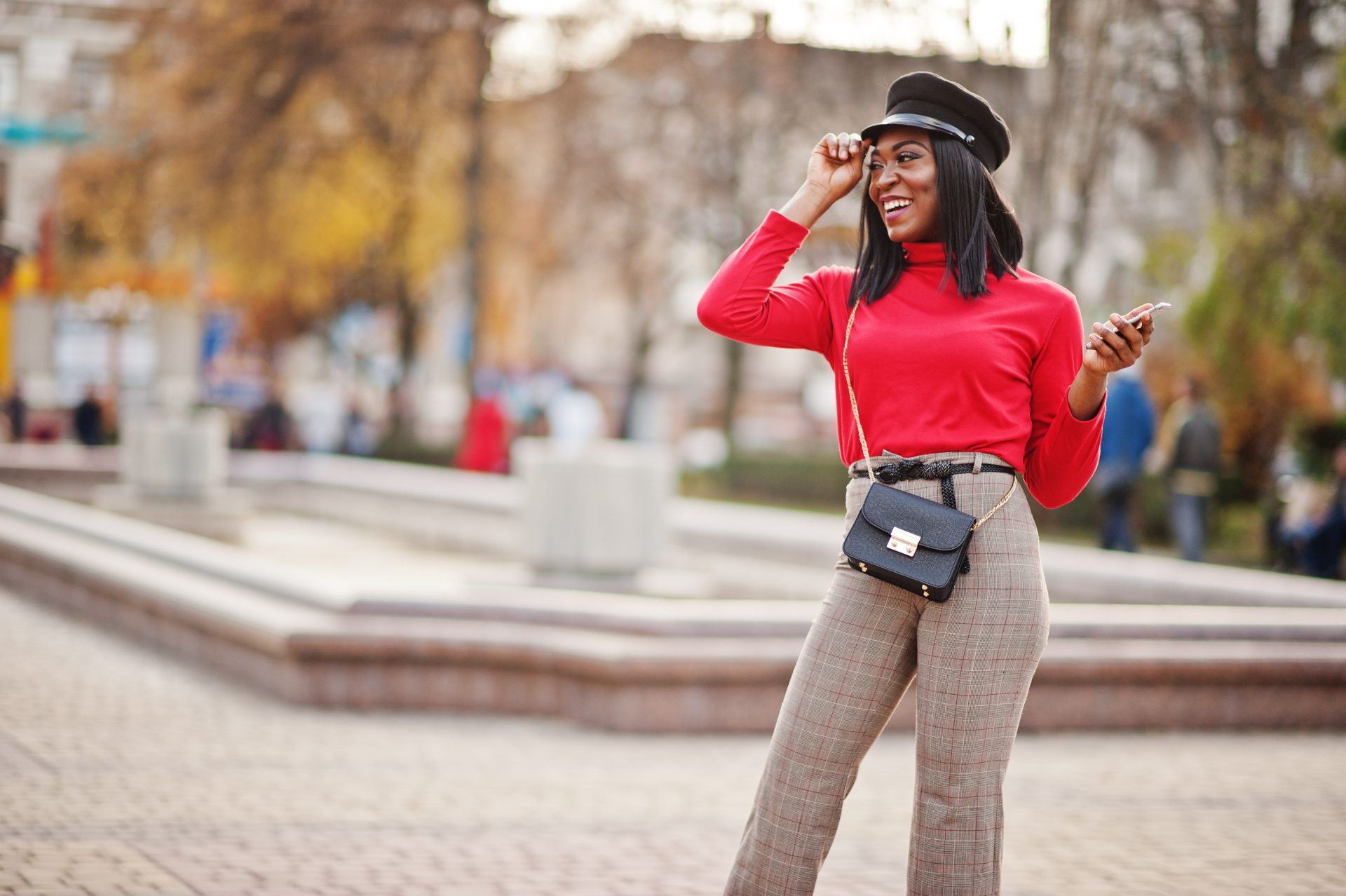

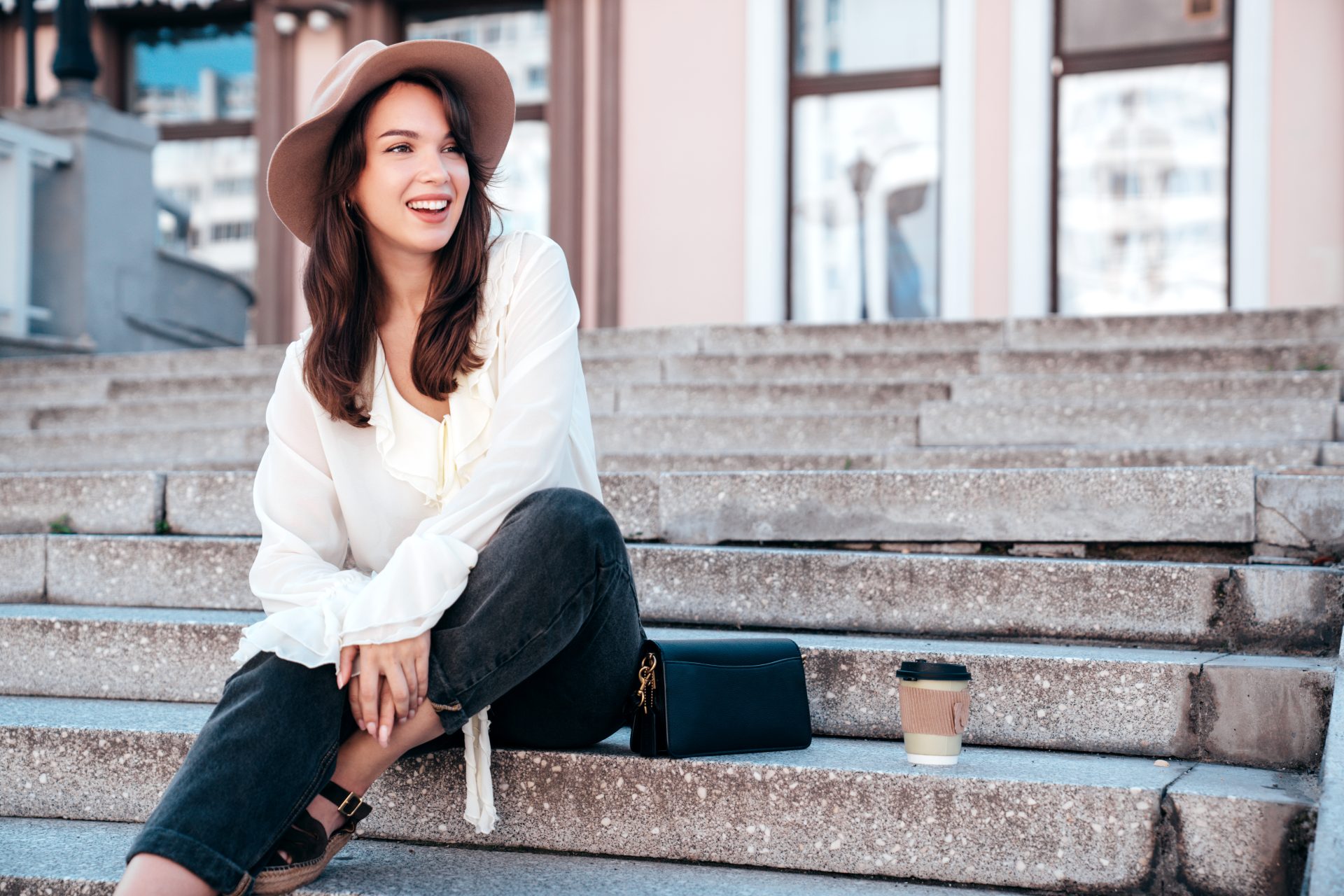
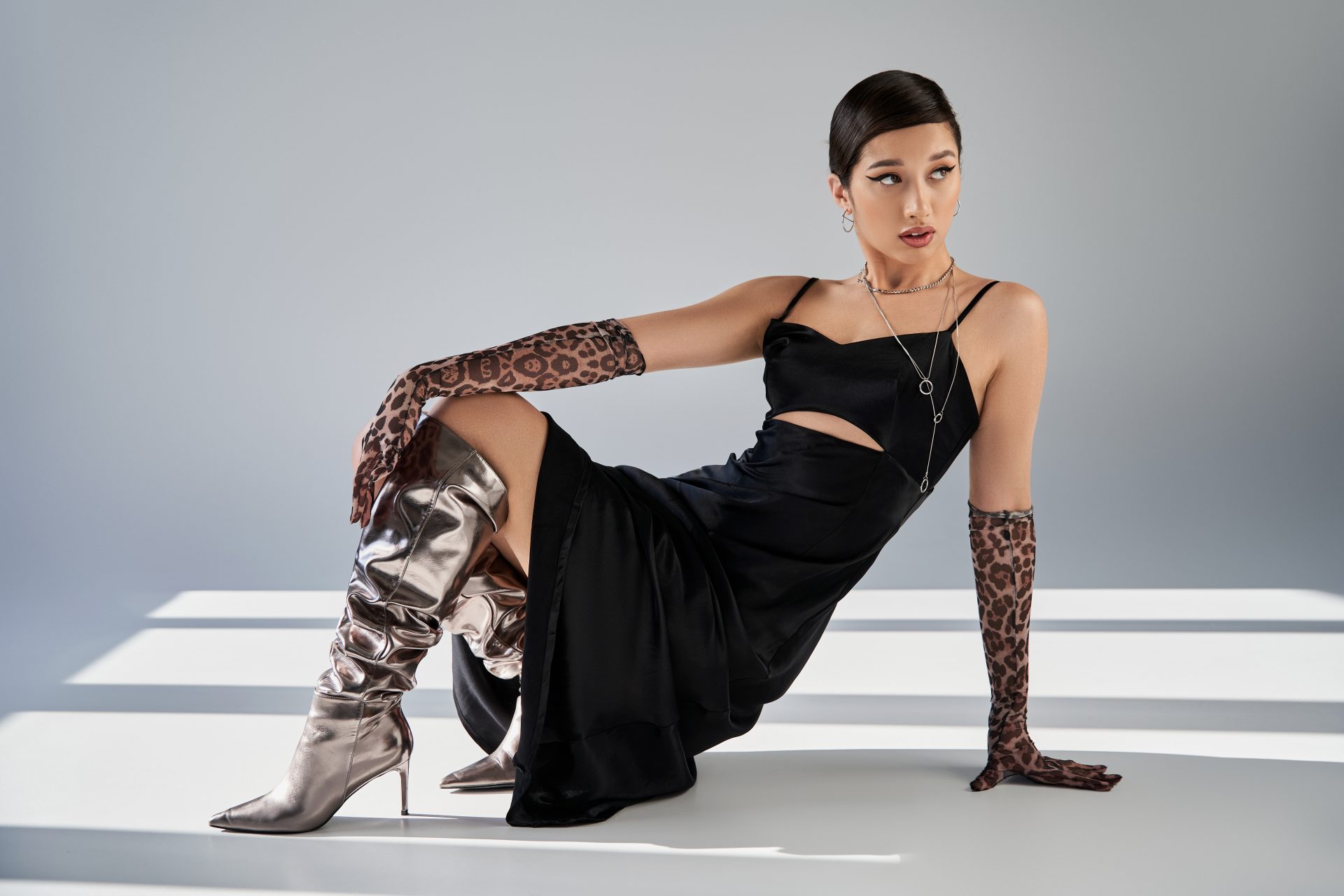
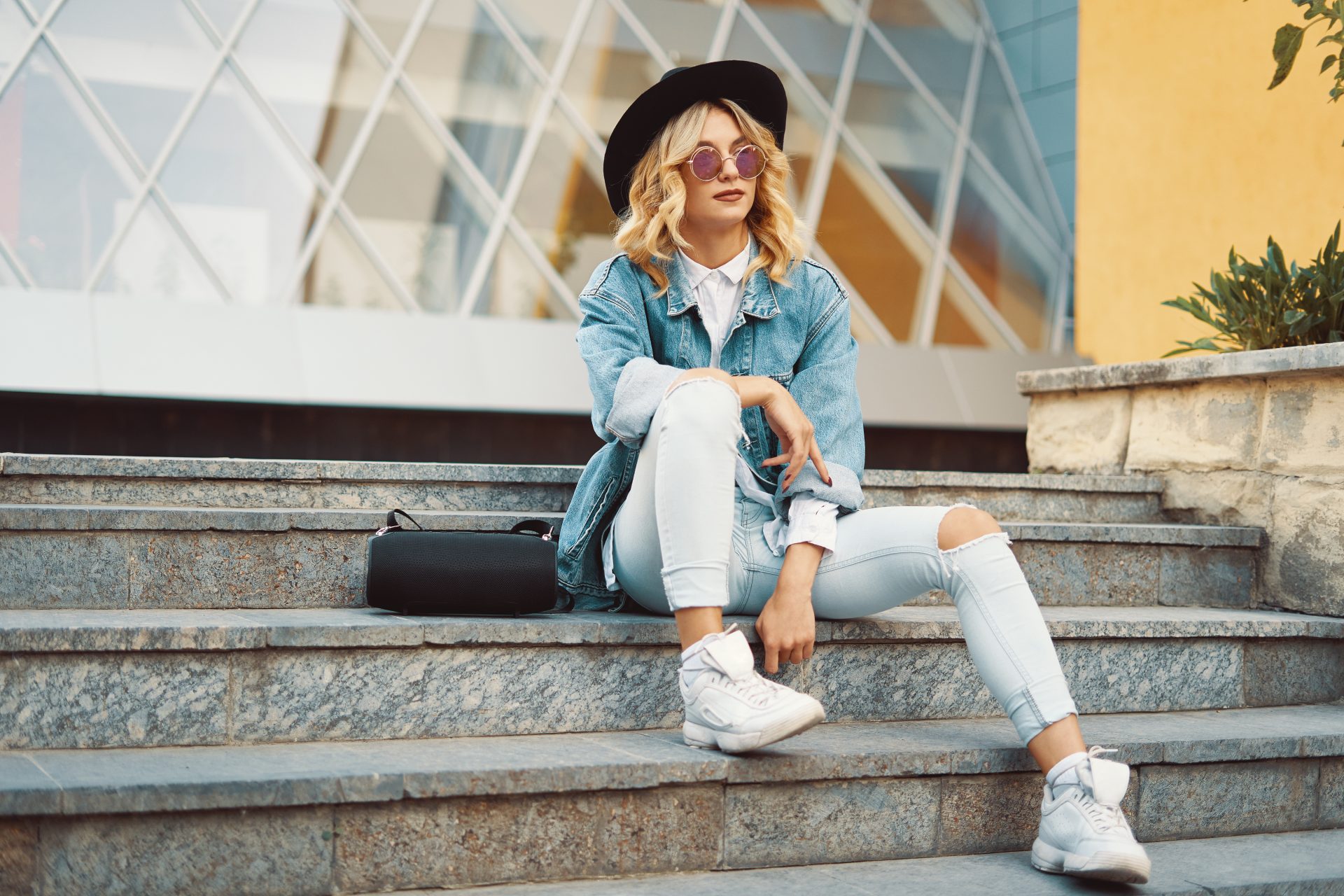
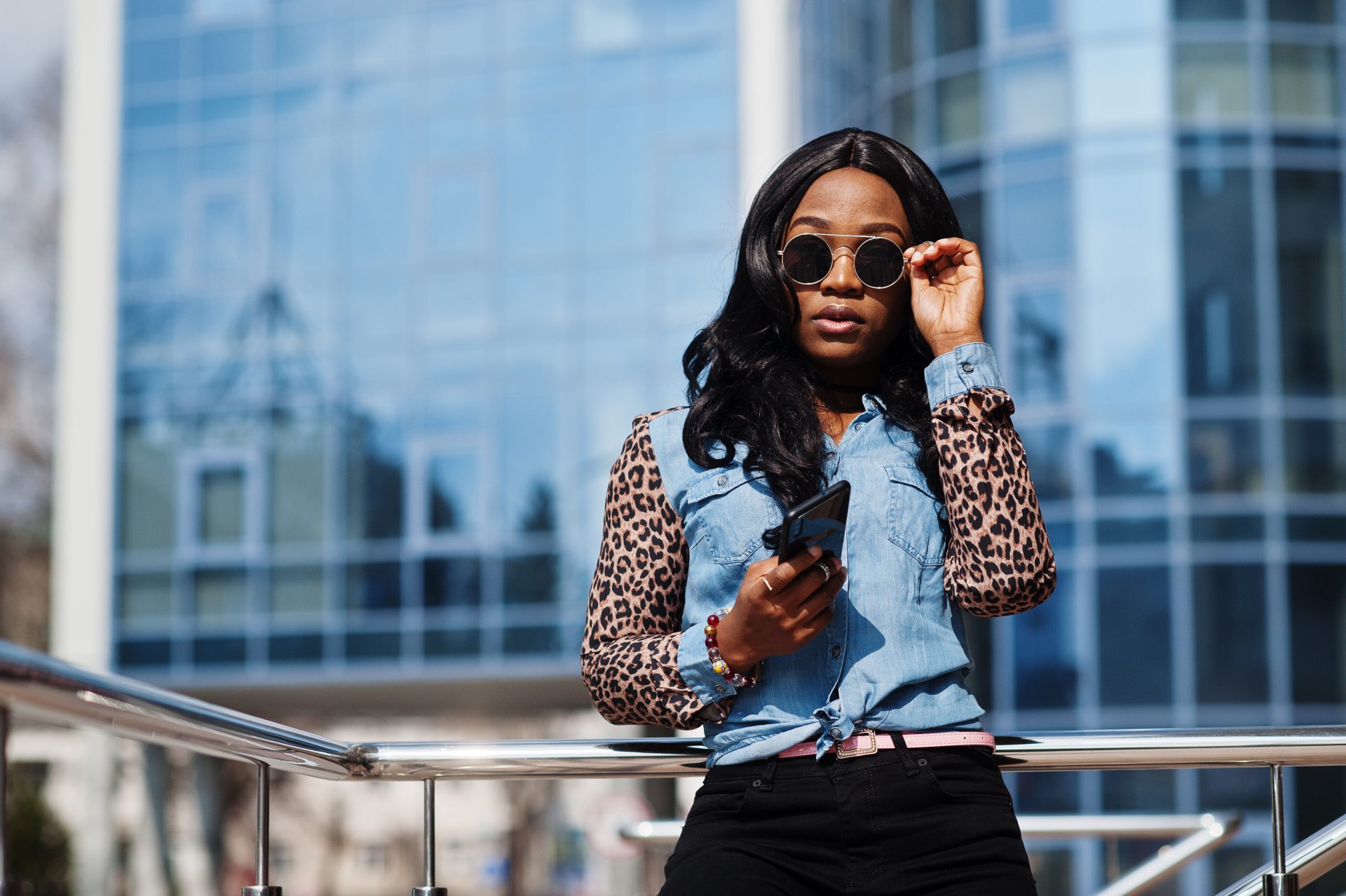
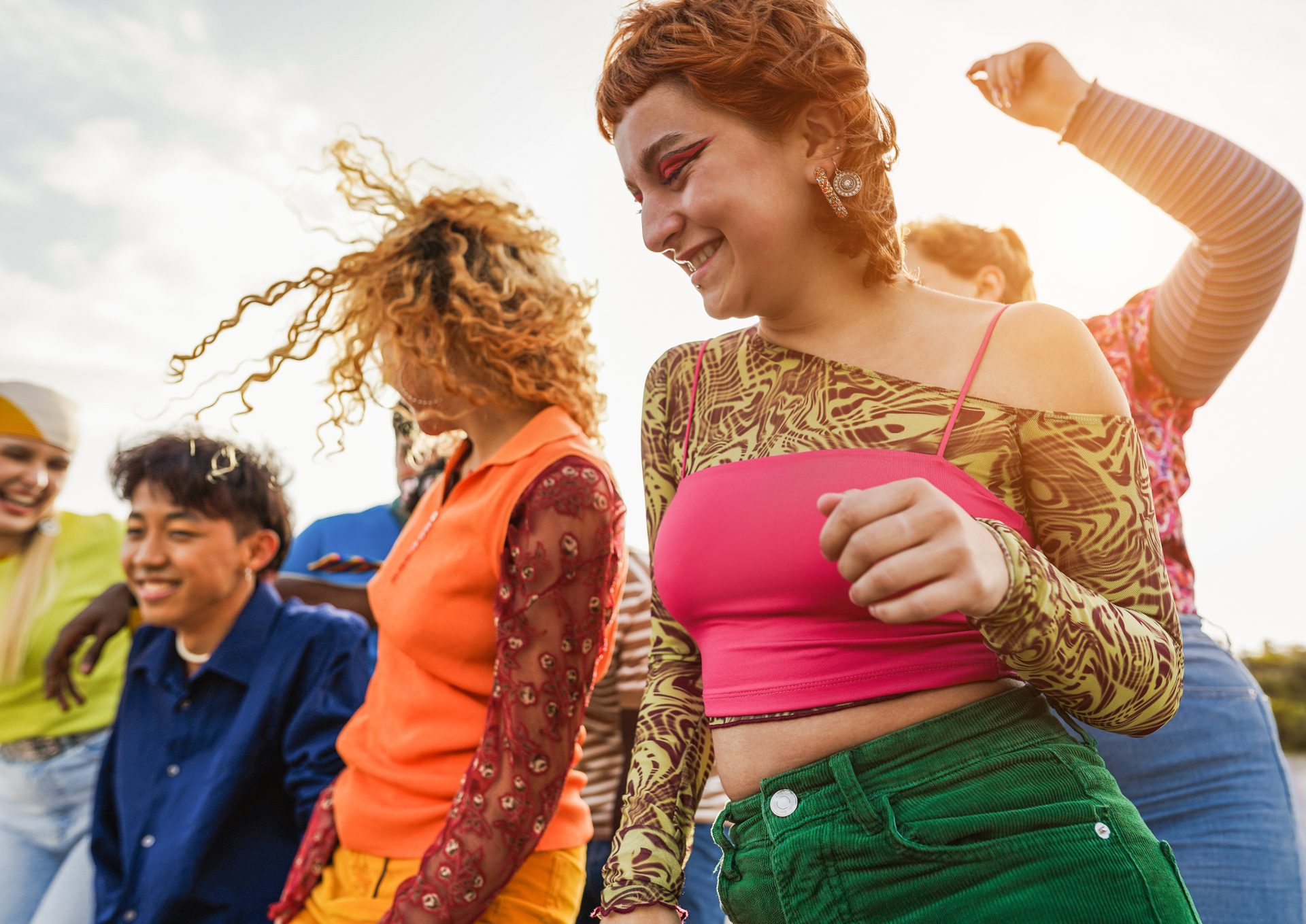


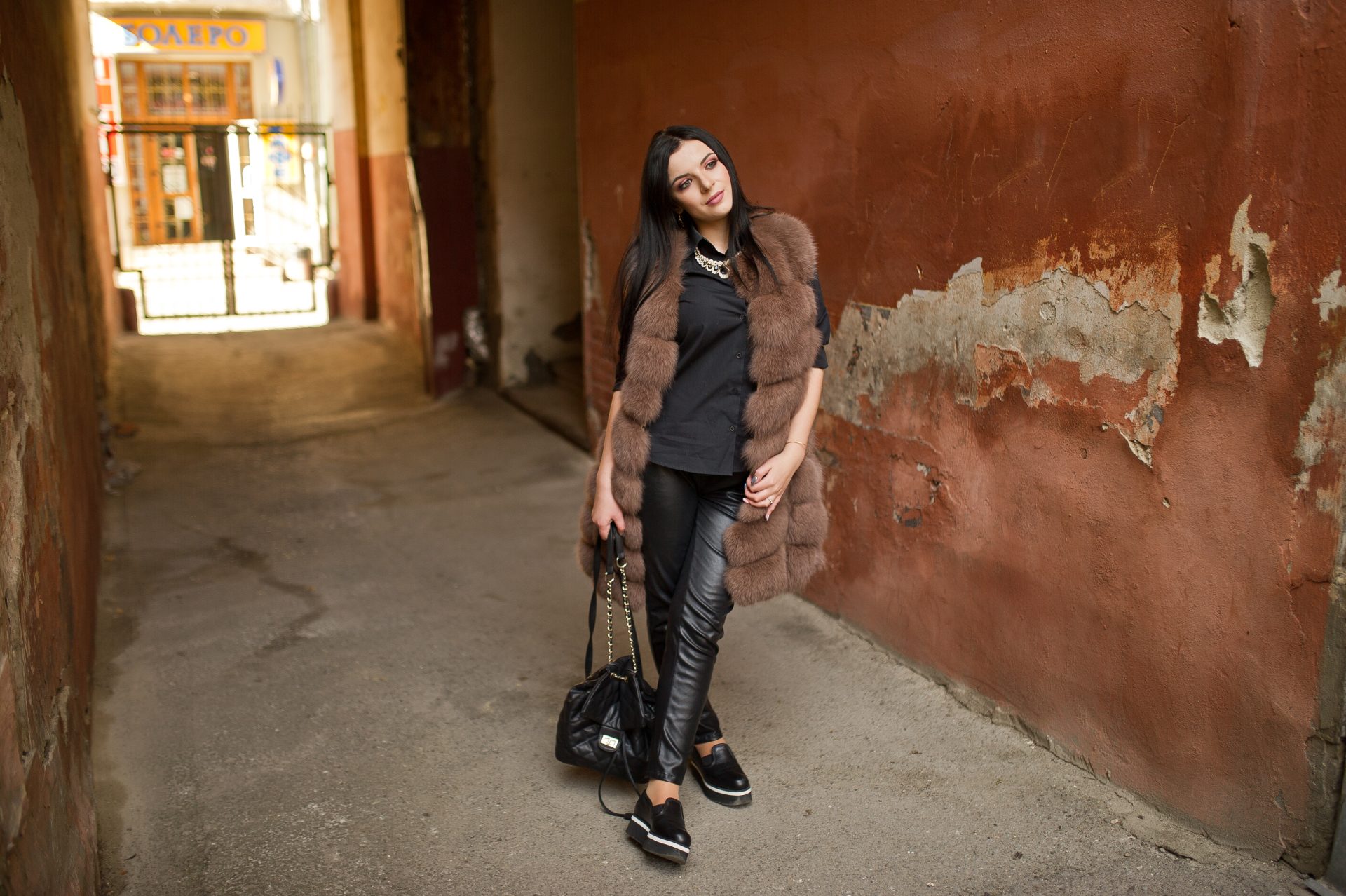
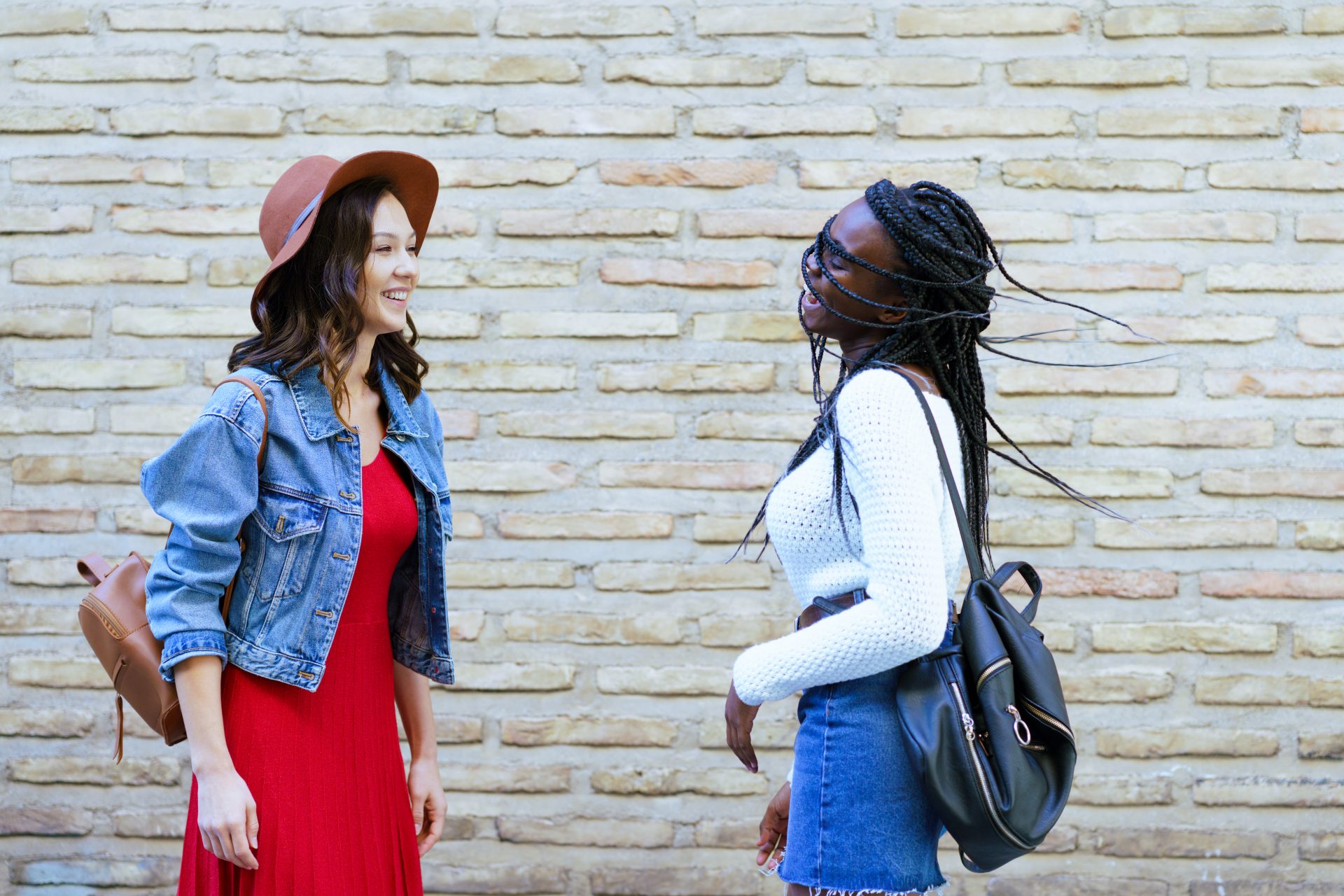
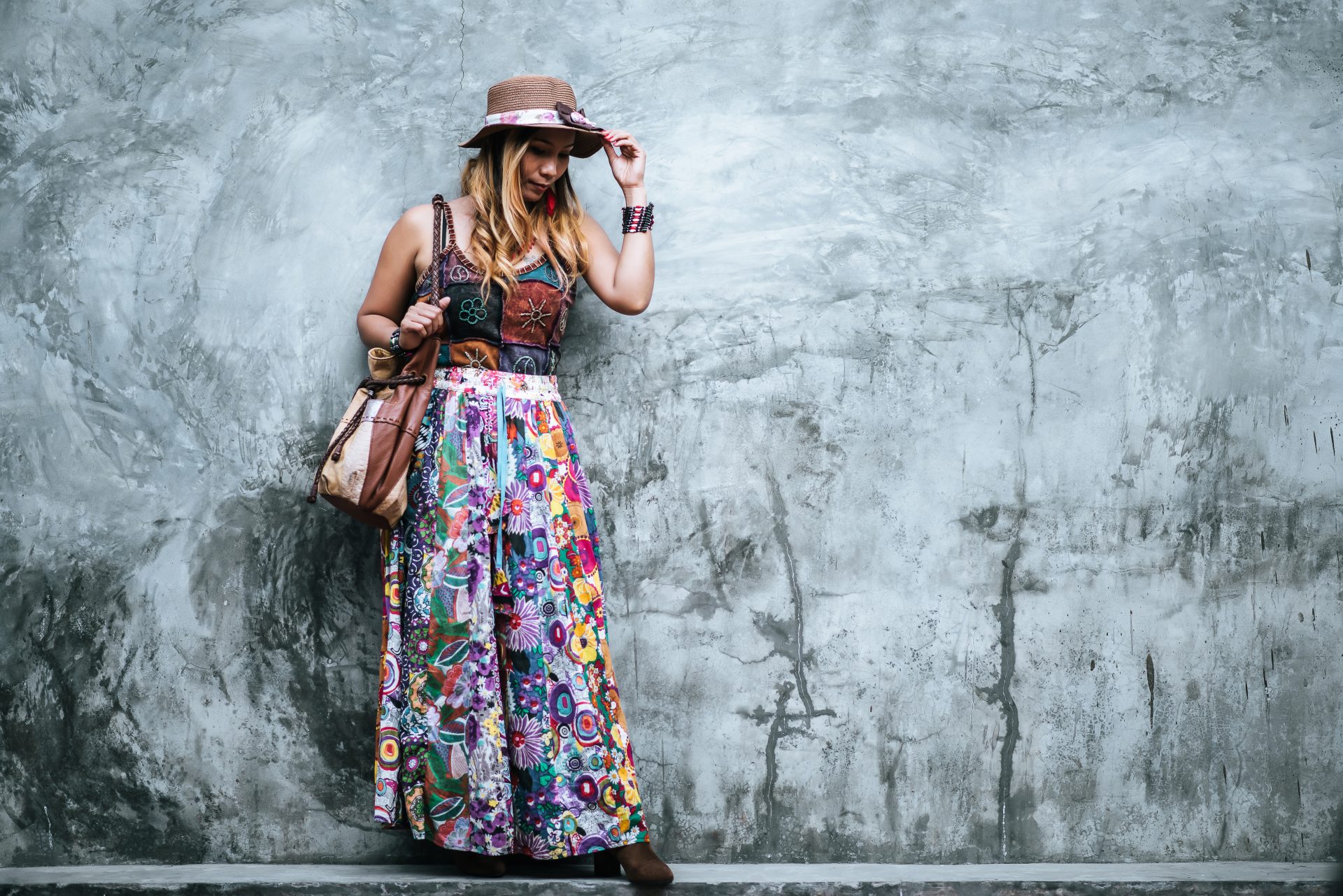
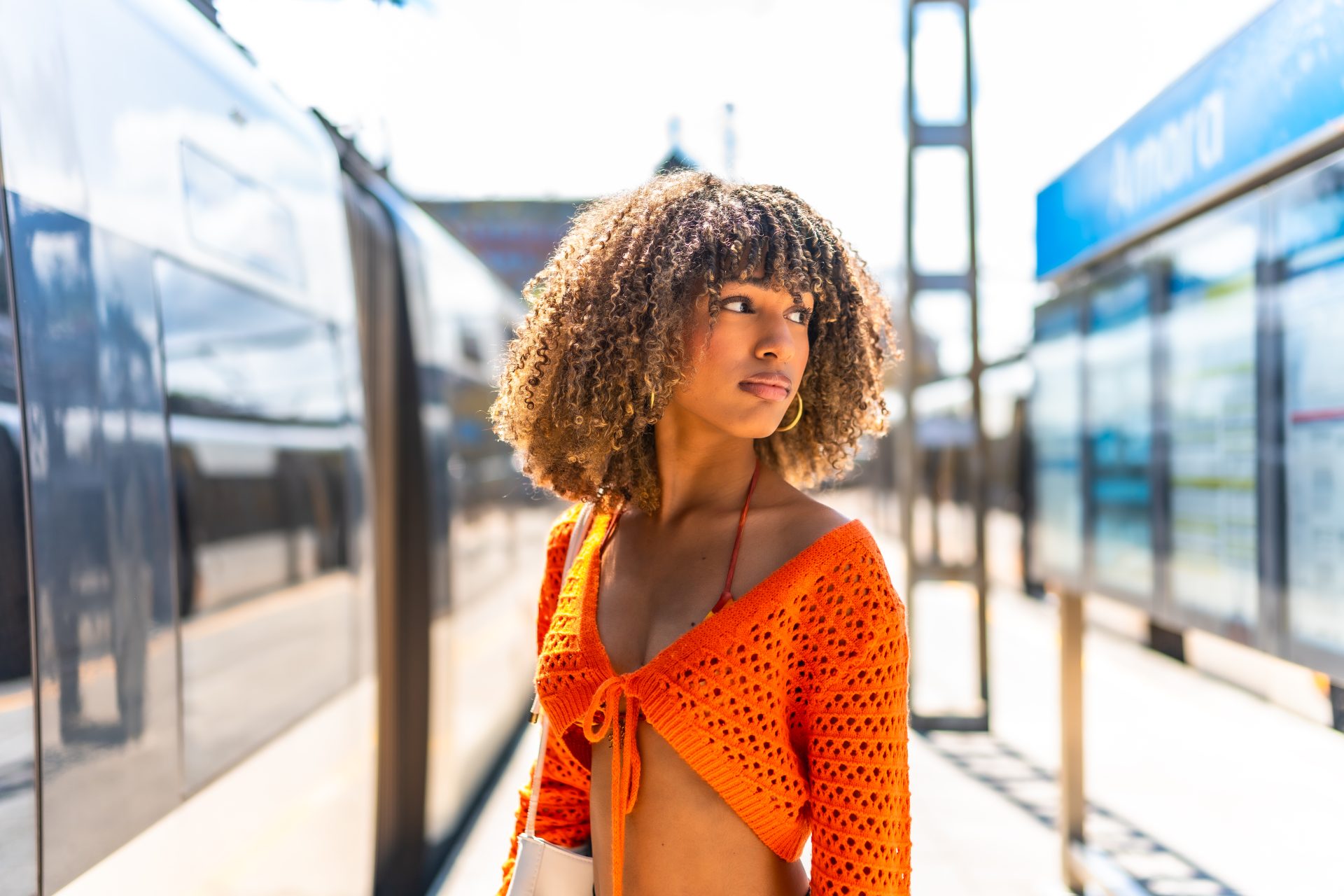

0 Comments